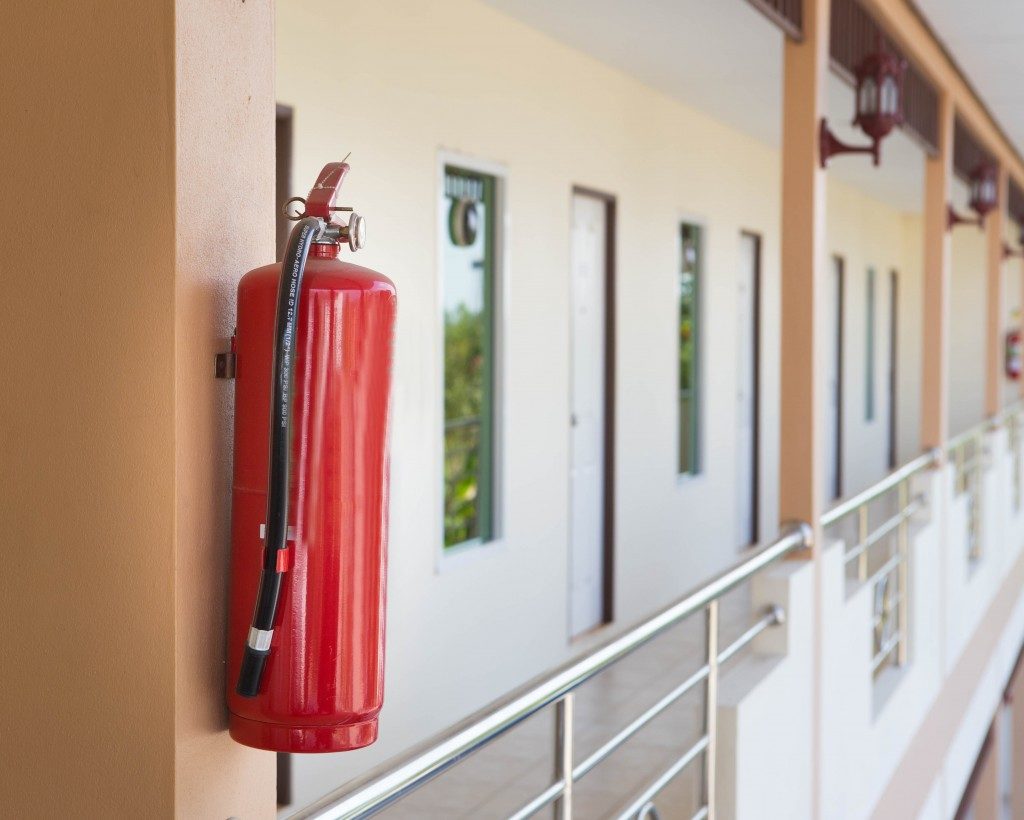Few things can be as devastating as a property fire. It can destroy everything and even engulf other properties when left uncontrolled. Unfortunately, most insurance companies have stringent rules when it comes to compensating fire incidents. They often have low limits on their payouts. Many people find out later that their fire insurance might not be enough to start a new life. Commercial and industrial establishments know the value of fire safety equipment, as equipment used in hot work often cause structural fires. For many residences and businesses, the only choice is to invest in fire detection systems and firefighting equipment.
If you want a mobile fire fighting equipment, a fire fighting trailer unit;is a must-have for all commercial, industrial, manufacturing and mining establishments. They are also valuable equipment in controlling outdoor fires. These trailer units are mobile and could hold large amounts of water. But water isn’t the only type of fire suppression systems you will need to use with the trailer unit. Water, halon, foam and chemical systems are the common types of fire suppression systems, but the standard is water-based systems. Here are the most common ones that might suit your residence or establishment.
Wet Systems
These are fixed fire protection systems that use pressurized water to stop any fire. Heat sensitive sprinklers will be located and spaced according to your local fire guidelines to detect smoke and heat.
These heat-sensing devices will allow the distribution of water over a specified area to extinguish or control fire when triggered. A flow alarm will also be initiated when the system is switched on. Wet systems only activate the sprinklers adjacent to or over the fire, and so cause minimum water damage. They are often placed in enclosures, turbine underfloors and cable spreading areas.
Preaction Systems

These use autonomous detection systems and closed pipe sprinkler systems. The detection systems, in this case, can be manual or electric, hydraulic or pneumatic actuated by optical, smoke or heat detectors. These detection systems will trigger an alarm before sprinklers are set off.
Preaction systems use air pressure to guarantee their integrity. Any issue causes low air pressure which triggers an alarm. Single-interlock, non-interlock and double-interlock systems are the common types of preaction systems. They are used in places where water can damage equipment like control and data rooms.
Deluge Systems
These are used for places where there is a high or fast-spreading fire hazard. A deluge system comprises an automatic sprinkler, fixed piping and open-hand sprinklers. Activation of a detection system opens the automatic sprinkler control valve and sprays pressurized water onto the fire. Deluge systems are typically used in oil heaters, flammable storage units, transformers, rolling mills and coal conveyors.
Dry Systems
These have a dry pipe valve full of pressurized nitrogen or air. This keeps their pipes dry until the actuation of an automatic spray. Dry systems are generally used for the protection of unheated areas where your piping is prone to freezing. In a fire, heat causes a rise in your system’s air pressure that opens the drip valve and allows water flow.
Choosing a water-based fire suppression system requires an understanding of your environment, the structure, and the kind of business you’re doing. You should match your system to the area, so you could minimize water damage and contain any fire as soon as possible. When evaluating your options, it is prudent to get an expert’s opinion on which of the above systems works best for you.



